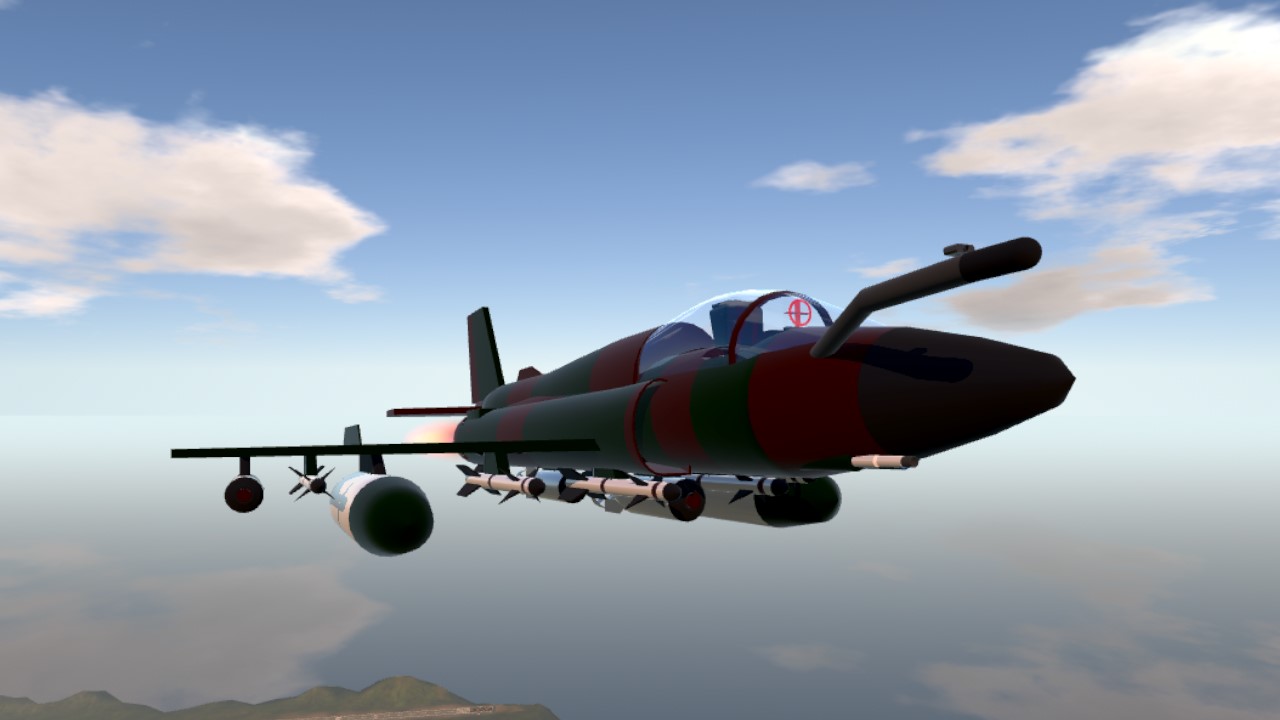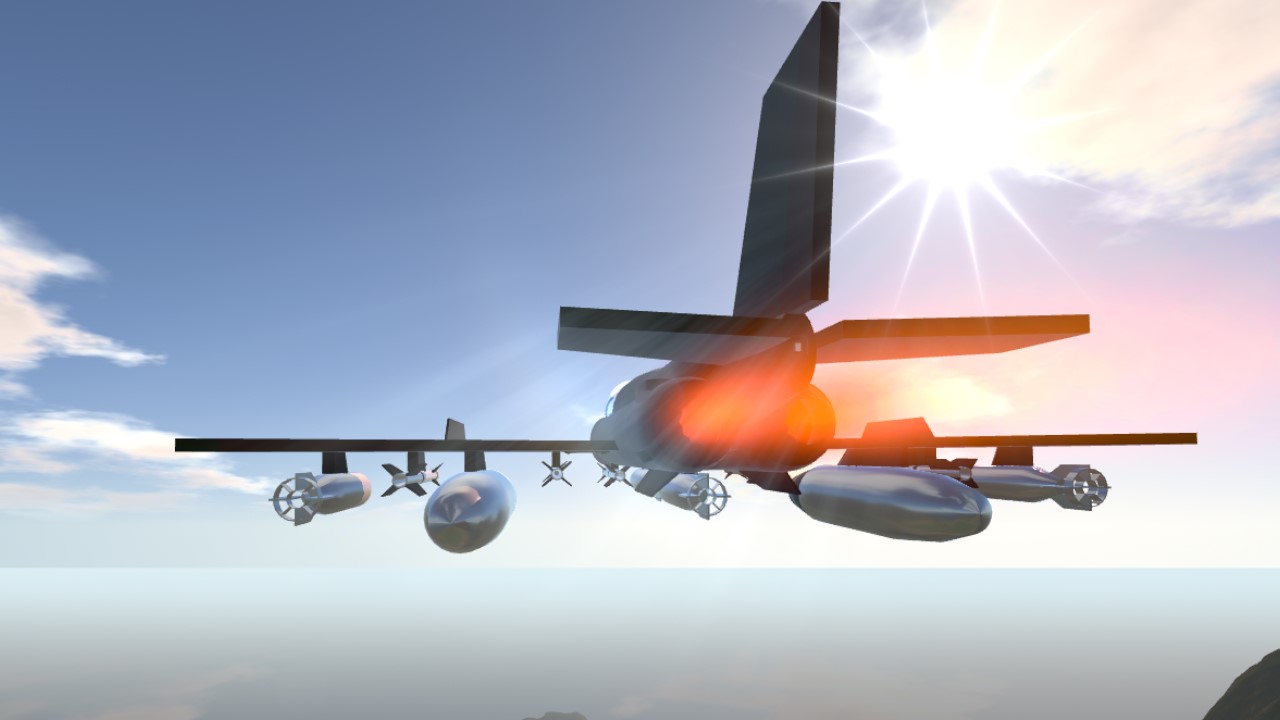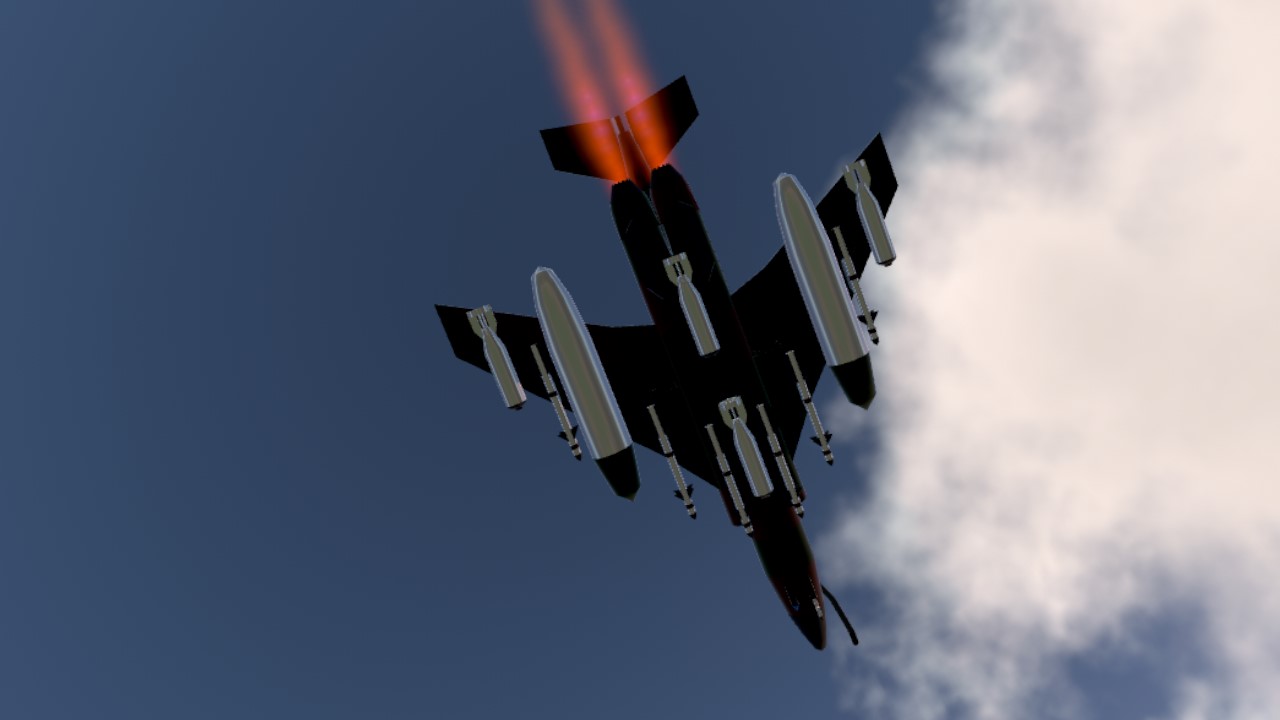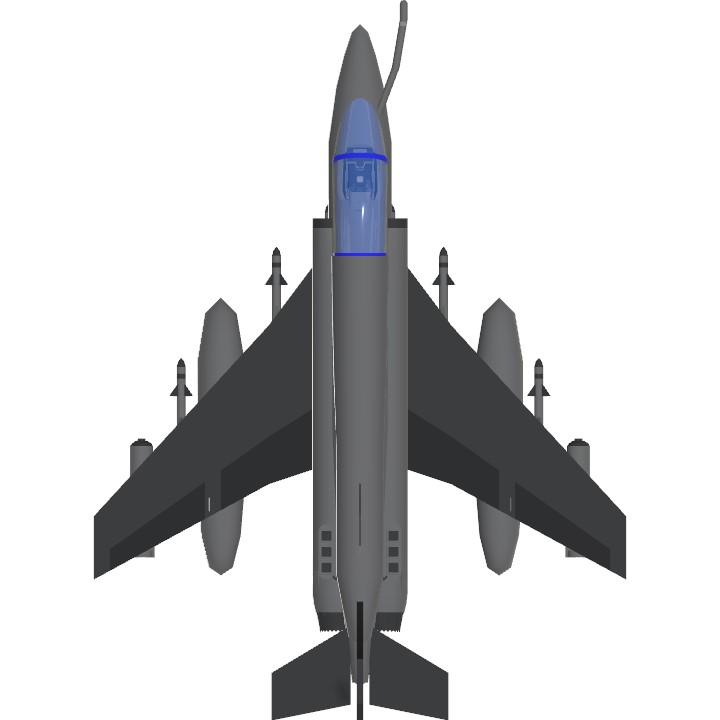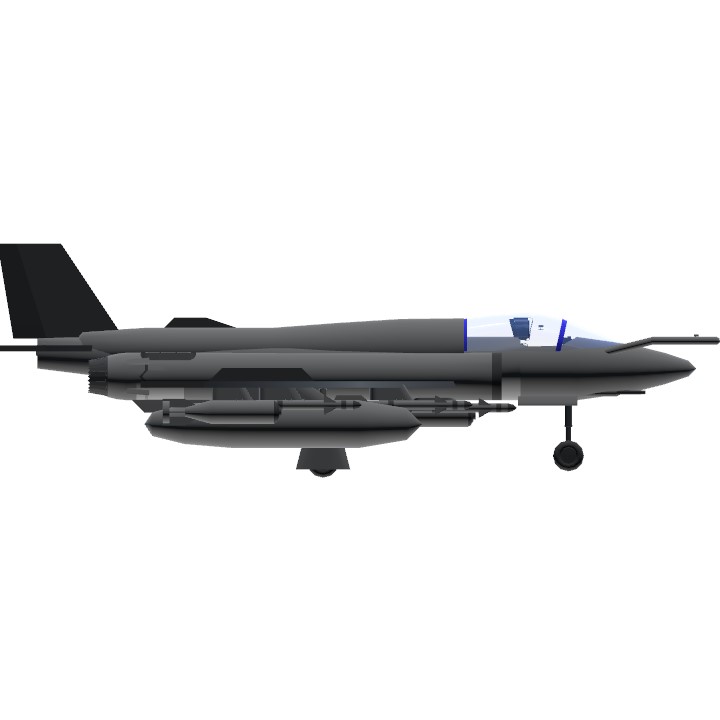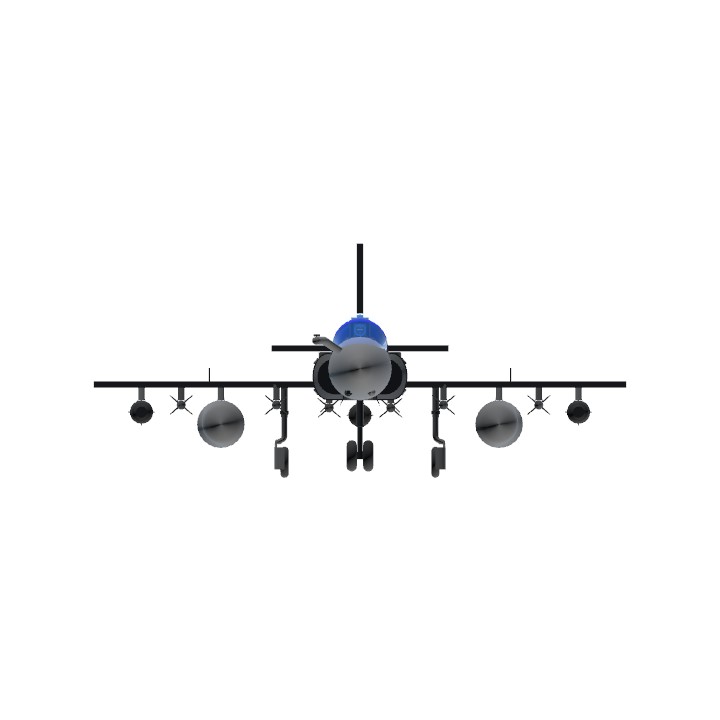OVERVIEW
The GA-1A is the first (as the name says) jet of the Golden Arrow Company (when it was named Golden Tree, there were other planes) ever to be supersonic in a level flight. The aircraft shares some similarities to the American F4 phantom, being in fact nicknamed “the single seat F4”. Actually, the plane is pretty different.
It has a good payload for a plane of its size, gets all of 3rd gen avionics (even though it initially was a 2nd gen fighter) and has 2 turbofan afterburning engines. This is not really common in that era, in fact these engines where not too reliable and we’re switched to 2 weaker turbojet that could resist more flight hours in the “C” variant.
HISTORY
The plan to create a multi-role supersonic aircraft came to mind to Eng. George Canestri, an Italian-American engineer that started working in Golden Tree in 1943, in the winter of 1963, when he saw 2 F4C taking off from an airport during a demo flight.
He thought that a good aircraft for an international Air Force and export would have been one capable of delivering ground strikes and having good A2A capabilities.
He came up with the TST-1 (stands for test -aircraft- number 1) a strictly sonic aircraft that could reach MACH 1.3 at altitude. Two years later the plane was named GA-1 and was ready to fly. The first operational variant was delivered in September of 1968, two months after Canestri’s death, that never seen it in action. The first aircraft to enter service was named after its engineer, and was the GA-1A that got most confirmed aerial kills: 14.
The plane served until 1979, when most of the airframes were destroyed to get materials, while 2 aircrafts went to a Museum.
INCIDENTS
During the test flights, a TST-1 caught fire but the pilot successfully landed it at an airbase nearby, saving itself and the aircraft.
PERFORMANCE
The plane is described as pretty fast, maneuverable and reliable, even though it suffered in the early versions from compressor stalls and heavy losses of speed when turning.
Specifications
General Characteristics
- Created On Windows
- Wingspan 27.2ft (8.3m)
- Length 37.2ft (11.3m)
- Height 11.8ft (3.6m)
- Empty Weight 23,998lbs (10,885kg)
- Loaded Weight 33,713lbs (15,292kg)
Performance
- Power/Weight Ratio 2.399
- Wing Loading 153.3lbs/ft2 (748.6kg/m2)
- Wing Area 219.9ft2 (20.4m2)
- Drag Points 3905
Parts
- Number of Parts 144
- Control Surfaces 7
- Performance Cost 852

